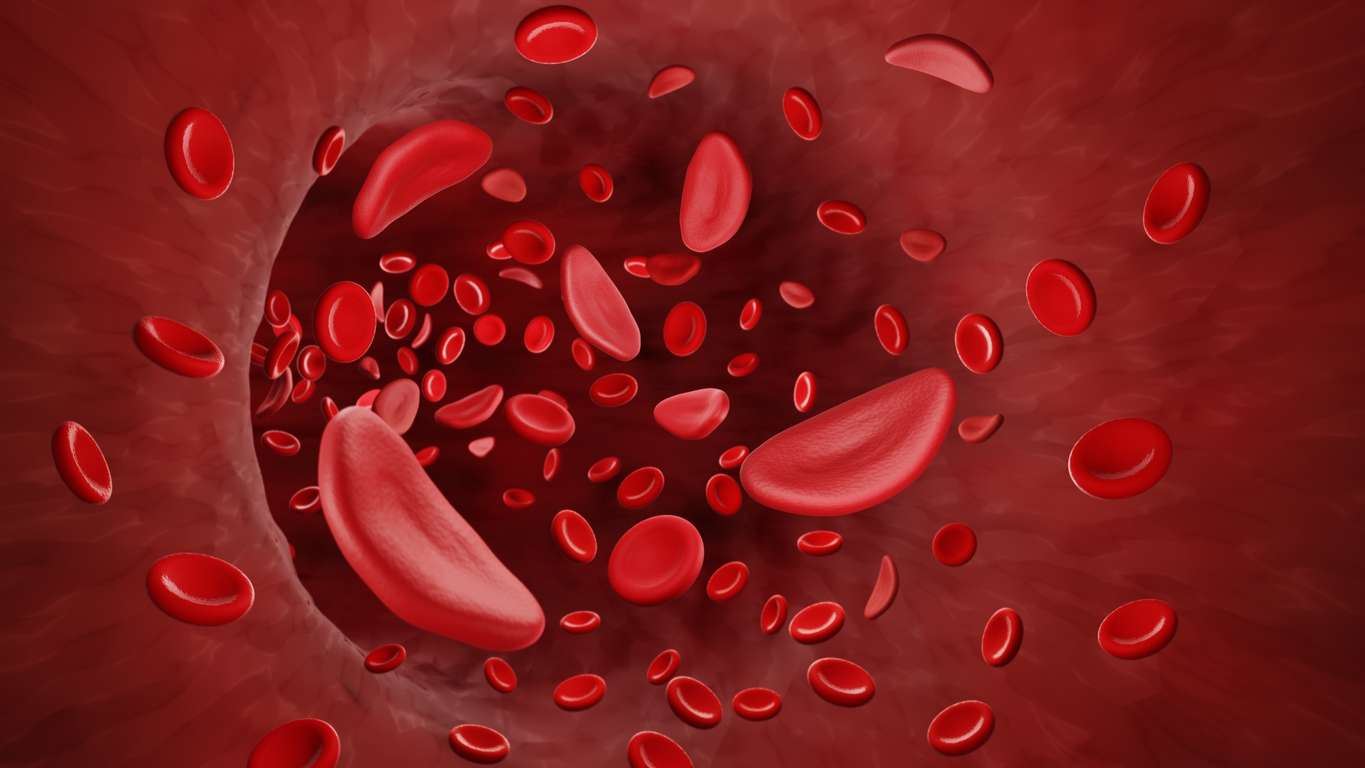September is National Sickle Cell Awareness Month, a time dedicated to raising awareness about the disease, promoting research, and supporting those affected by it.

Sickle cell disease (SCD) is a genetic blood disorder that affects the shape and function of red blood cells. Here are some things most people may not know about it:
- Not Just One Disease: Sickle cell disease refers to a group of inherited red blood cell disorders. The most common form is sickle cell anemia (HbSS), but there are other forms, like HbSC, HbSβ0-thalassemia, and HbSβ+-thalassemia.
- Not Everyone Has Crises: While many people with SCD experience painful vaso-occlusive crises, not everyone with the disease has frequent episodes. Some may have mild symptoms or go long periods without significant pain.
- Complications Beyond Pain: Sickle cell can lead to a range of serious health complications, including stroke, acute chest syndrome, organ damage (especially to the spleen, liver, and kidneys), blindness, and leg ulcers. These complications are due to blocked blood flow and damaged red blood cells.
- Life Expectancy Has Improved: Advances in medical care, particularly for children, have greatly improved the life expectancy for people with sickle cell disease. In the past, many patients did not live past childhood, but now, with proper care, many live into their 40s, 50s, or beyond.
- Carriers Are Not Immune to Symptoms: While individuals with sickle cell trait (carriers of the gene) usually don’t have full-blown symptoms of the disease, they can still experience complications under extreme conditions, such as dehydration, high altitude, or intense physical activity.
- Geographic and Ethnic Variability: While SCD is most common among people of African descent, it also affects individuals of Hispanic, Mediterranean, Middle Eastern, and South Asian ancestry. It’s not exclusively an African or African-American disease.
- Hydroxyurea Can Be Lifesaving: Hydroxyurea is a medication that can reduce the frequency of pain crises and complications in people with sickle cell. It works by increasing the production of fetal hemoglobin, which helps prevent red blood cells from sickling.
- Bone Marrow Transplants Are a Cure: Bone marrow or stem cell transplants can cure sickle cell disease in some patients, especially children. However, this treatment is not widely available to everyone due to risks, costs, and the need for a compatible donor.
- Mental Health Impact: Living with SCD can significantly affect a person’s mental health, with increased rates of depression and anxiety due to chronic pain, frequent hospitalizations, and the limitations the disease can impose on daily life.
- Exercise and Hydration Are Important: People with sickle cell disease need to stay hydrated and manage their activities carefully. Dehydration and intense physical exertion can trigger pain crises by making the blood thicker and more prone to clumping.
Awareness is just the first step. Continued advocacy, funding for research, and the development of new treatments are essential to improving the lives of those affected by sickle cell disease. By raising our voices, we can help to close the gap in care and bring hope to the millions of people around the world living with this challenging condition.








